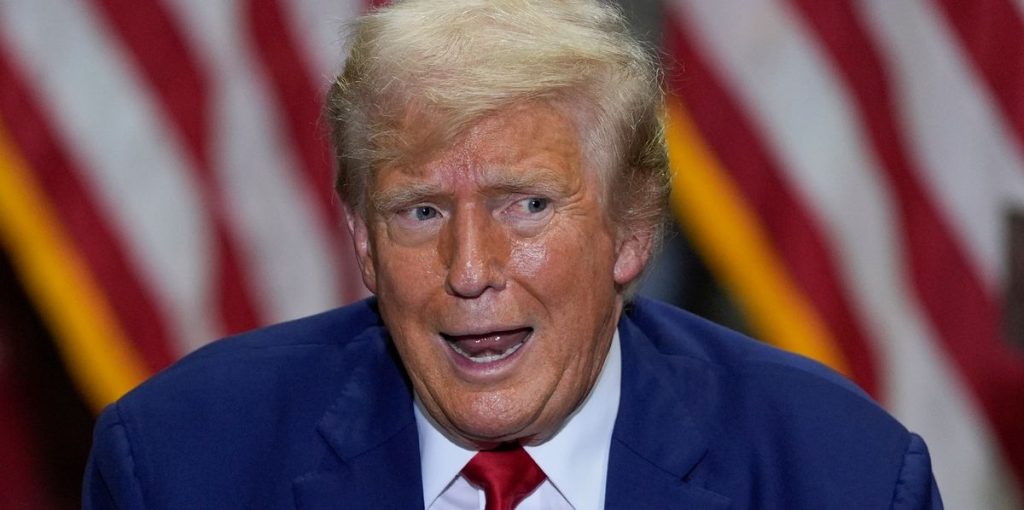The Democratic National Convention recently released a new video targeting Donald Trump’s perceived “weirdness,” a term that has increasingly been used by Democratic politicians and others on the left to describe him and his running mate, Sen. JD Vance. Trump has vehemently denied being weird, but the attacks seem to be hitting a nerve as he has brought it up in interviews and rallies. The video goes a step further by labeling him not only weird but also dangerous, escalating the tension between Trump and his critics.
Despite Trump’s protests, the “weird” label continues to be applied to him by his opponents. Vice President Kamala Harris and Minnesota Gov. Tim Walz, among others, have used the term to describe Trump and other figures on the right. This tactic aims to diminish their power to instill fear, with Walz noting that while they may be “creeped out,” they are not afraid of weird people. The use of “weird” as a descriptor for Trump and Vance appears to be a strategic move to undermine their credibility and influence.
Trump’s repeated denials of being weird suggest that he is sensitive to this particular criticism. By insisting that he and Vance are not weird but instead “very solid people” and the “opposite of weird,” Trump is attempting to refute the label and reclaim a sense of normalcy or stability. However, the persistence of the “weird” characterization in political discourse indicates that it has struck a chord with his detractors and may continue to be used as a means of challenging his image and authority.
The video released by the Democratic National Convention further exacerbates Trump’s discomfort with the “weird” narrative, as it not only reinforces the characterization but also amplifies it by associating him with danger. By framing Trump as not only strange but also threatening, the video intensifies the negative portrayal of his leadership and behavior. This may contribute to a growing sense of unease or concern among voters regarding Trump’s fitness for office and potential impact on the country.
The video’s portrayal of Trump as weird and dangerous aligns with broader efforts by the Democratic Party and its supporters to discredit and undermine his presidency. By emphasizing these negative attributes, Democrats are seeking to bolster their own image and policy positions while challenging Trump’s credibility and leadership abilities. The use of language and messaging that highlights his perceived flaws and shortcomings reflects a larger strategy of opposition and resistance to the Trump administration and its agenda.
Overall, the video targeting Trump’s weirdness underscores the ongoing contentious political climate and the sharp divides between the left and right. The use of “weird” as a pejorative term reflects a deliberate attempt by Democrats to define and frame Trump in a negative light, with the ultimate goal of influencing public opinion and electoral outcomes. As the 2020 election approaches, the focus on Trump’s alleged weirdness and danger is likely to intensify, shaping the discourse and dynamics of the campaign.


